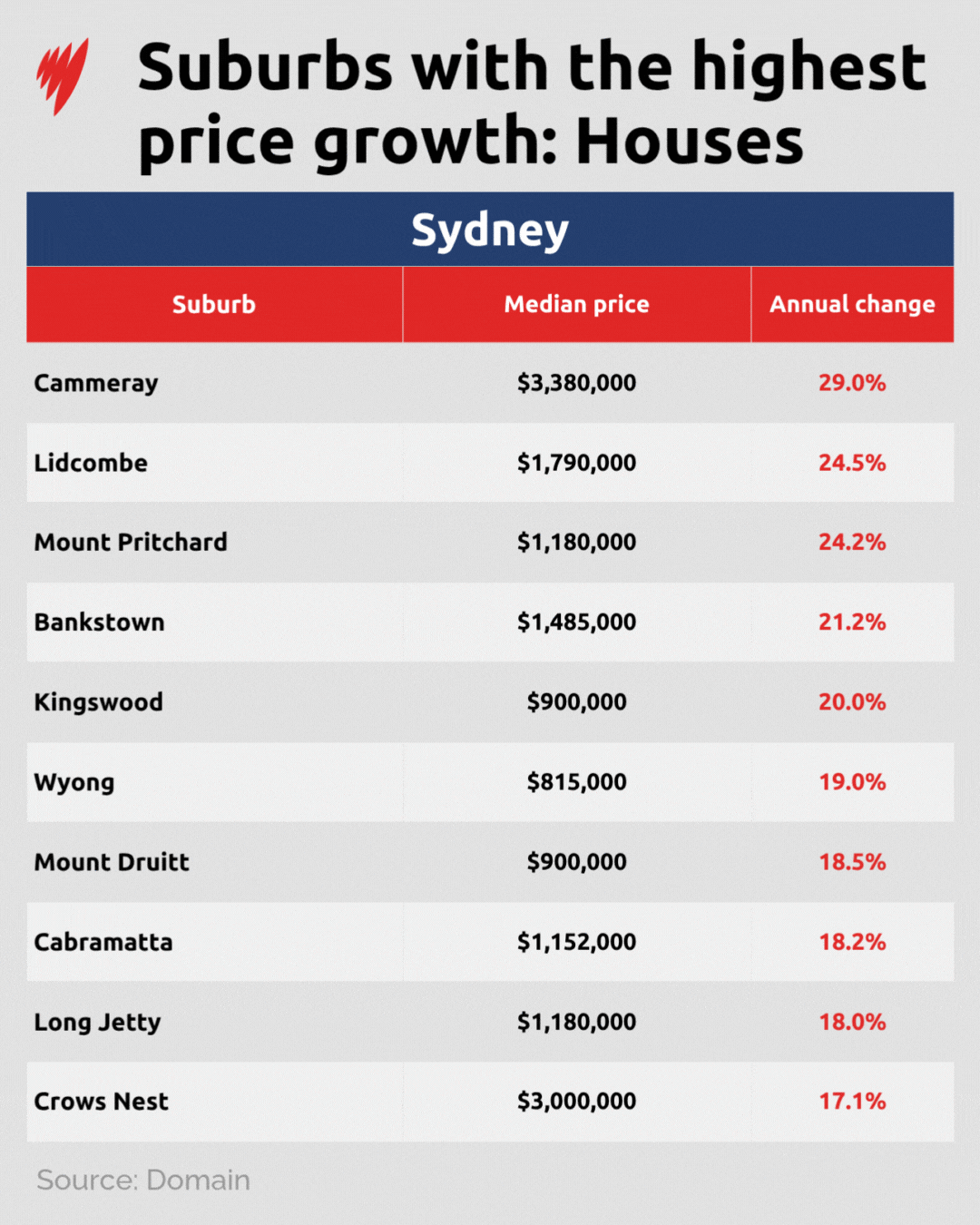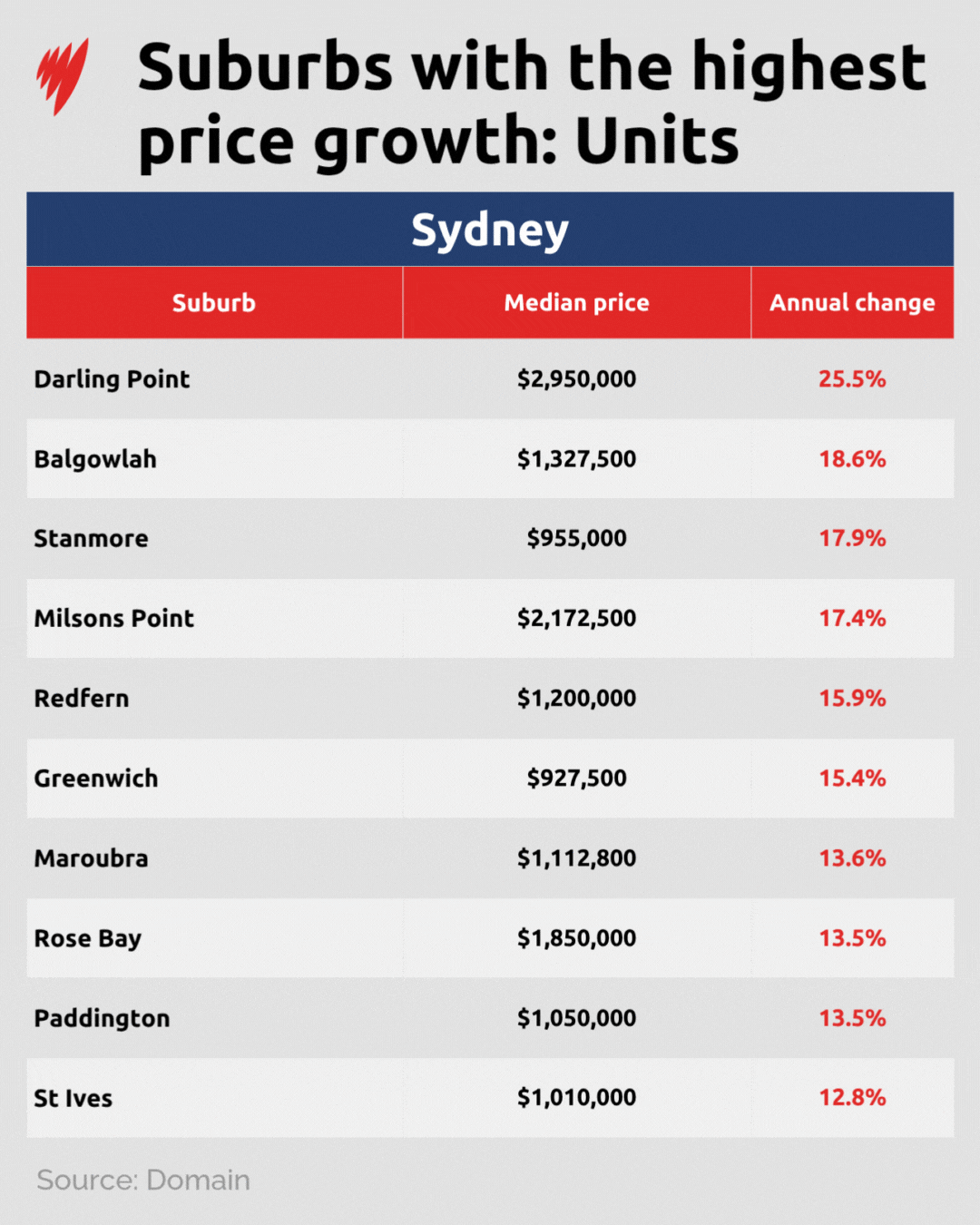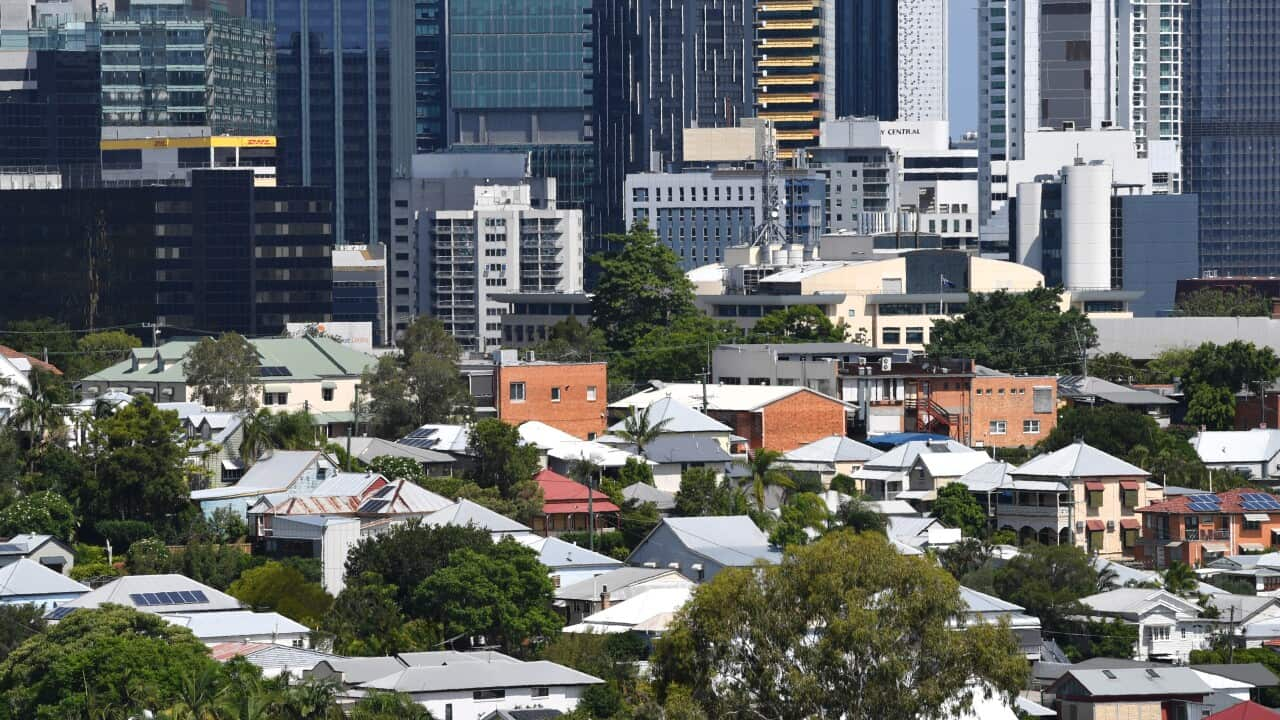Australian house prices are rising at their fastest pace in nearly four years, with Sydney, Adelaide, Brisbane, and Perth recording strong gains — but mounting affordability pressures are reshaping buyer demand.
Domain's latest quarterly house price report, released on Thursday, showed median house prices are at record highs in Sydney ($1,751,728), Brisbane ($1,101,114), and Melbourne ($1,083,043), Adelaide ($1,048,773), and Perth ($981,259).
Brisbane was, in the September quarter, Australia's second-most expensive city to buy a home in, after its median house price jumped 3.7 per cent. It toppled Canberra, which is now the country's third most expensive capital for houses with a median price of $1,100,392.
In Adelaide, Darwin, Brisbane and Perth, unit price growth outpaced that of houses, which Domain said indicated first home buyers and investors were set on seeking value and affordability in a tightening market.
Jumps for Brisbane, Sydney
Brisbane property prices have soared, with houses in coastal suburbs like Birkdale and Lota rising more than 25 per cent annually to top $1 million.
The increase in demand is also reflected in housing price growth across Queensland's regional local government areas — property prices in the Central Highlands have increased 33.3 per cent over 5 years, while those in Hinchinbrook on the Cassowary Coast have shot up nearly 50 per cent.
Watch the image below change to see where house prices have grown across different states and territories.

House prices have increased significantly across Australia's capital cities, as per the latest house price report from Domain. Source: SBS News
"Affordability has been reshaped. We used to look at markets like Brisbane as more affordable and we've now seen a change in price hierarchy," Powell told SBS News.
"Borrowing capacity is slowly diminished in the face of rising property prices, and for first home buyers, it becomes quite challenging."
But pointing to Melbourne, Powell said it was an example of one of the cities where value was still achievable for first home buyers.
"We could see some shifting behaviours there, particularly for new migrants who usually land in Sydney, I think for those first home buyers, Melbourne will start to become more appealing," she said.
Unit prices in Brisbane increased 4.2 per cent over the quarter, making the median price of more than $700,000, the second-highest in Australia, surpassing Melbourne at nearly $600,000.
Watch the image below change to see where unit prices have grown across different states and territories.

Unit price growth is outpacing house price growth in Brisbane, Adelaide, Perth and Darwin, according to the latest Domain house price report. Source: SBS News
Cammeray in North Sydney topped the charts for suburb price growth, with its median house price jumping 29 per cent to $3.4 million. Lidcombe, Mount Pritchard and Bankstown all climbed into the millions with an annual increase of more than 21 per cent.
For units in Sydney, the suburb with the largest property price growth was Darling Point, with a median average price of nearly $3 million, followed by Balgowlah in Manly at $1.3 million and Stanmore in the city's inner-west at $955,000.
Sydney's lowest median house price was found in Werrington, at just under $800,000, and its cheapest units were in Mount Druitt, Cabramatta, Fairfield and Warwick Farm, with a median value of around $440,000.
The highest median house prices in Sydney were in Vaucluse, at $7.8 million, Bronte at $6 million and Mosman at $5.3 million. While high, property prices in these suburbs have seen limited growth over the years.
Melbourne house prices climbing
Melbourne's median house price increased 2.2 per cent to $1.08 million — its strongest quarterly gain in nearly four years.
While some traditionally expensive suburbs like inner-city Carlton, coastal Sorrento and Windsor in the inner-south revealed an "improved affordability" — or, a drop in price — the average median property price in suburban localities like Heidelberg and Box Hill witnessed steep inclines into the millions, an annual rise of 25.9 per cent and 20.7 per cent respectively.
The report shows house prices across Australia are increasing steadily in spite of cost of living pressures, supporting recent figures from analytics provider Cotality that revealed 30 per cent of homes sold in the past 12 months went for $1 million or more.
Cotality economist Kaytlin Ezzy said national dwelling prices were up 46.8 per cent, spelling concerns for first-home buyers.
"A household on the average income of $106,000 with a 20 per cent deposit would need to dedicate more than 50 per cent of their pre-tax earnings to service a loan on a million-dollar property," she told the Australian Associated Press.
After strong housing market gains over the last 12 months, 195 suburbs across Australia leapt into the million-dollar median range.
In that period, 38 Brisbane suburbs recorded a median price jump into the millions, bringing the city's total number of seven-figure value markets to 205.
Powell said the surging prices were being driven by a combination of factors.
"Three RBA [Reserve Bank of Australia] rate cuts this year, rising consumer confidence, low levels of supply, and the strongest auction clearance rates in over two years are driving house and unit price growth across Australia's capitals," she said in a statement.
"With the Australian government's 5 per cent home guarantee [scheme] now underway, we expect this momentum to accelerate further into the final quarter of the year, supporting both houses and units as buyers chase better value in a competitive market."
But Powell told SBS News the biggest changes were driven by improved borrowing power pushed by a rise in incomes and a "fairly tight" jobs market, all contributing to increased consumer sentiment.
"When you see a higher sentiment, it does play out well for a lot of markets," she said.
Share



